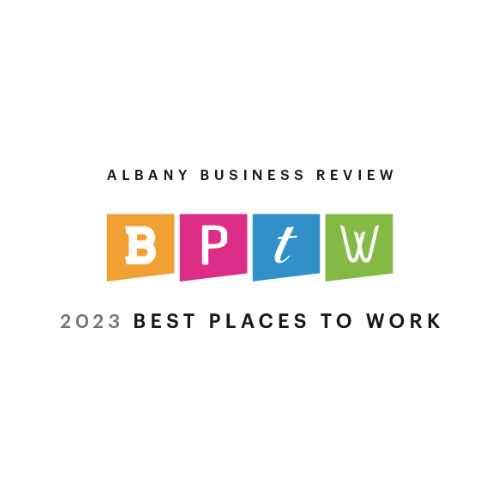Case Study: Meaningful NY Initiatives for People with Disabilities Inc

The agency rose from watchlist status to a model in New York, leading to a $100M+ acquisition and lasting financial stability.
Outstanding Results
- Eliminated $100,000 in payroll costs through software and automation
- Significantly increased reimbursements by hiring their medical claims company as their revenue manager
- Agency transformed from being on a state regulator's watchlist to a model example in New York
Challenges
Facing Compliance Risks from Manual Financial Processes
A NYC-based not-for-profit called on BST Consulting Group after an OPWDD audit led to the state regulator placing a moratorium on new participant acquisitions. As part of the state-mandated corrective action plan, the agency was required to hire a CFO to oversee the finance department, and their external auditor recommended us.
The agency was utilizing a 100% manual process for payroll and AP, causing unacceptable delays in billing, payroll, and voucher reimbursements. Manual billing, bank reconciliations, and medical billing was found to be incorrect.
Solutions
Implementing Automation and Controls to Restore Compliance
One of our Outsourced CFOs immediately implemented automated software systems, processes, and internal controls. A year’s worth of prior data and reporting were corrected and reconciled. The new software eliminated the paper timesheet process, allowing for timely electronic reimbursement. We also assisted in implementing electronic visit verification on-time, as mandated by Medicaid, as well as automating medical billing and vouchering to Medicaid and OPWDD respectively.
Results
From Watchlist to Model Agency with Lasting Stability
The agency was now able to bill Medicaid within minutes of payroll-file processing in the fully utilized system. The automated system led to a reduction of fraudulent time cases and time spent on Medicaid investigations. The system’s transparency not only led to a decrease in participant complaints but an increase in retention rates, thereby decreasing the need to acquire and onboard new participants. Meaningful reporting and metrics were now being produced, and analysis could be provided so that the agency could manage its churn rate.
The agency moved from being on a state regulator’s “watchlist” to now being held as an example in NYS among Fiscal Intermediaries. This all led to the agency being successfully acquired under the umbrella of a large 100M+ parent which led to even greater financial stability and now the ability to cross-utilize the fiscal intermediary program across the new agency’s programs.


